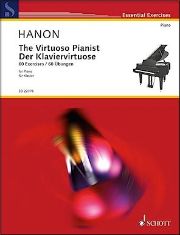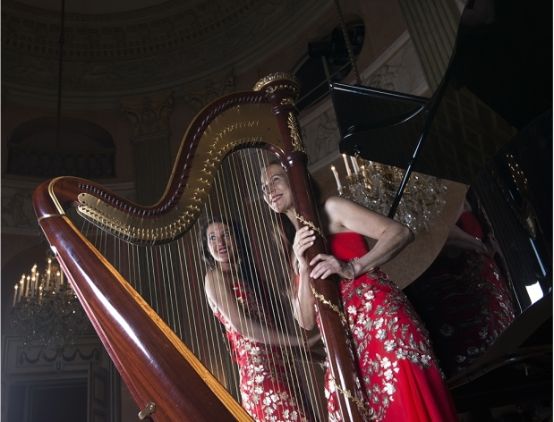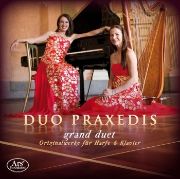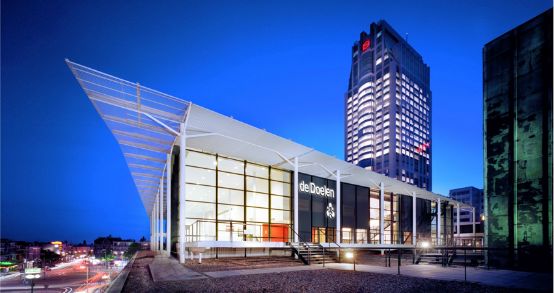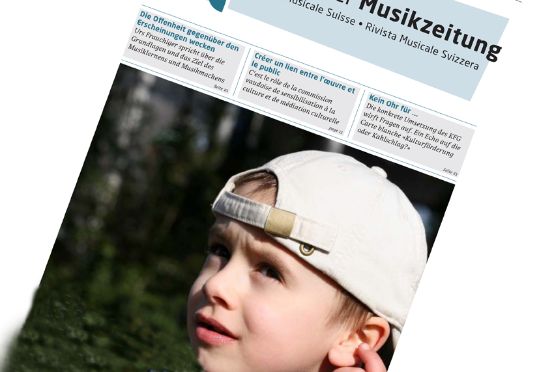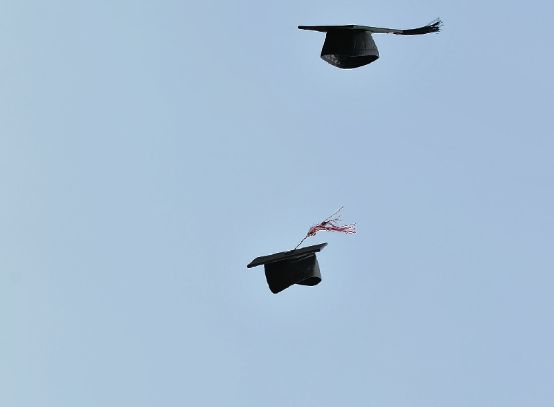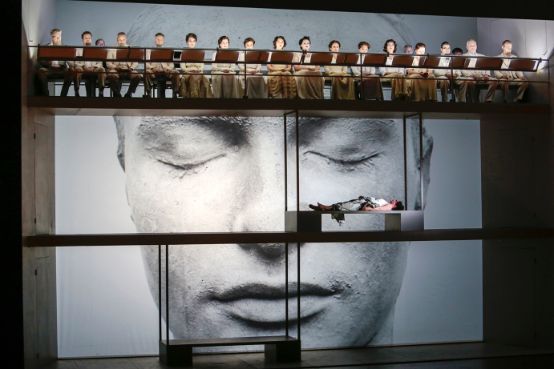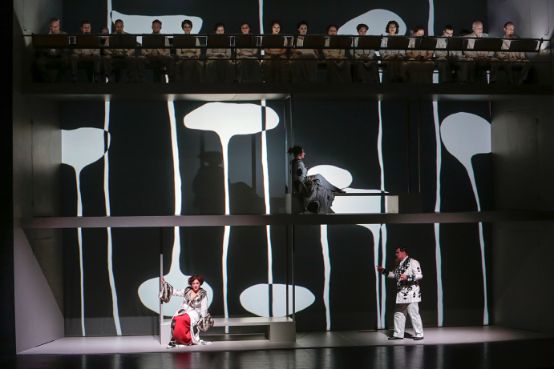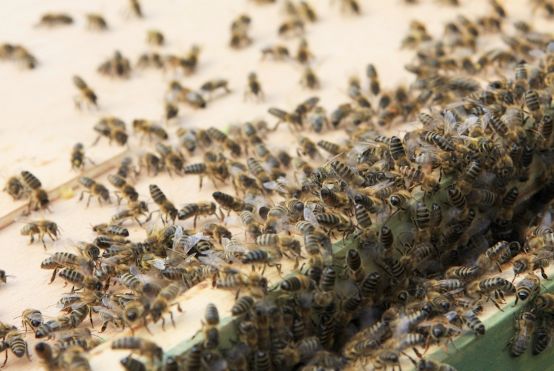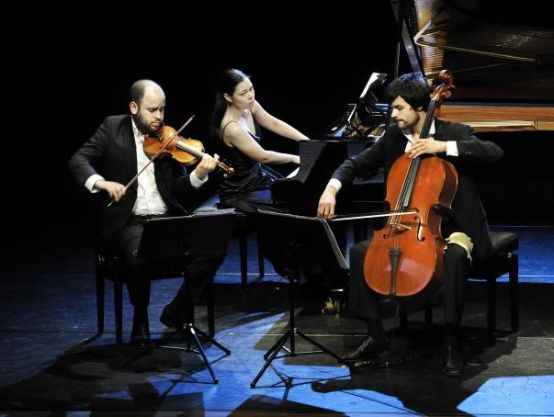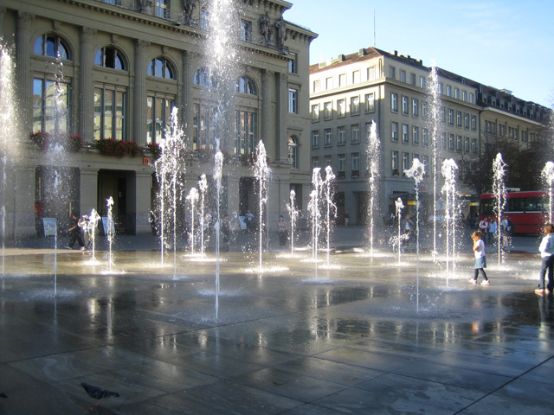Fluency training from the 19th century
Charles Louis Hanon's 60 exercises are a school of fluency, independence and strength that can still be helpful.

Finger exercises have been rather rare and sometimes unwelcome guests in piano lessons for some time now. This even applies to professional studies. The consequences can certainly be felt in the fact that the most elementary sequences such as scales and arpeggios are not immediately successful. It is therefore advisable to give this some basic thought.
Edition Schott has now published Charles Louis Hanon's The Virtuoso Pianist has reissued a 19th century classic. The 60 exercises contain a huge amount of five-finger training, scales, arpeggios, octaves and thirds and much more. At the end, a lot is promised: "When the student has worked through this entire volume, he will know the greatest difficulties of technique. But if he (...) wants to become a real virtuoso, he must play through this book from beginning to end every day for a certain period of time." Well, fortunately there are different ways to Rome ...
Of course, some of these exercises are quite useful as a warm-up and can also be helpful when mastering a technical task. From today's point of view, however, the stubborn adherence to unison passages is certainly questionable. The stronger fingers of one hand obscure the weaker fingers of the other in such a way that a truly balanced passagework is not clearly audible. (So it is better to practise each hand separately first!) On the other hand, many exercises lack precise instructions on posture and form of movement. Sometimes the instructions are also questionable: should octaves really only be played "with the help of the wrist"? And the suggested fingerings for chromatic thirds are hardly convincing.
So what to do instead? Those who want to study similar material, but in a much clearer format, might want to go to the Exercices préparatoires by Aloys Schmitt. Dust-dry, but quite efficient! For advanced users, we still recommend the 51 Exercises by Johannes Brahms, which not only keep the fingers busy, but also the mind. But be careful: Brahms himself warned of some unpleasant numbers!
Charles Louis Hanon: The Virtuoso Pianist. 60 exercises to achieve fluency, independence, power ..., newly revised edition after Alphonse Schotte, ED 22376, € 16.50, Schott, Mainz 2016






